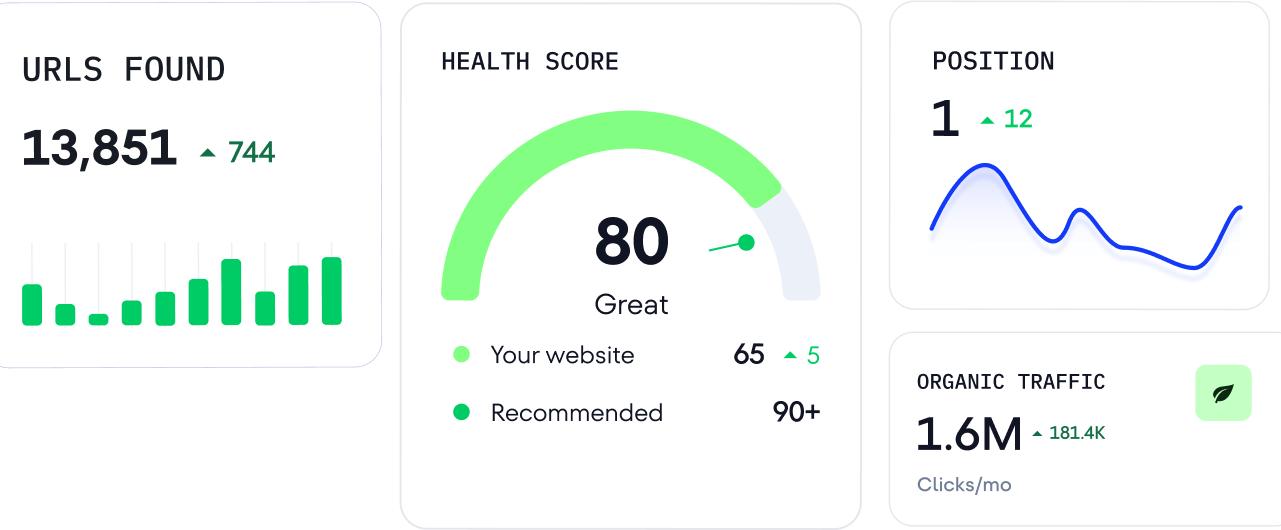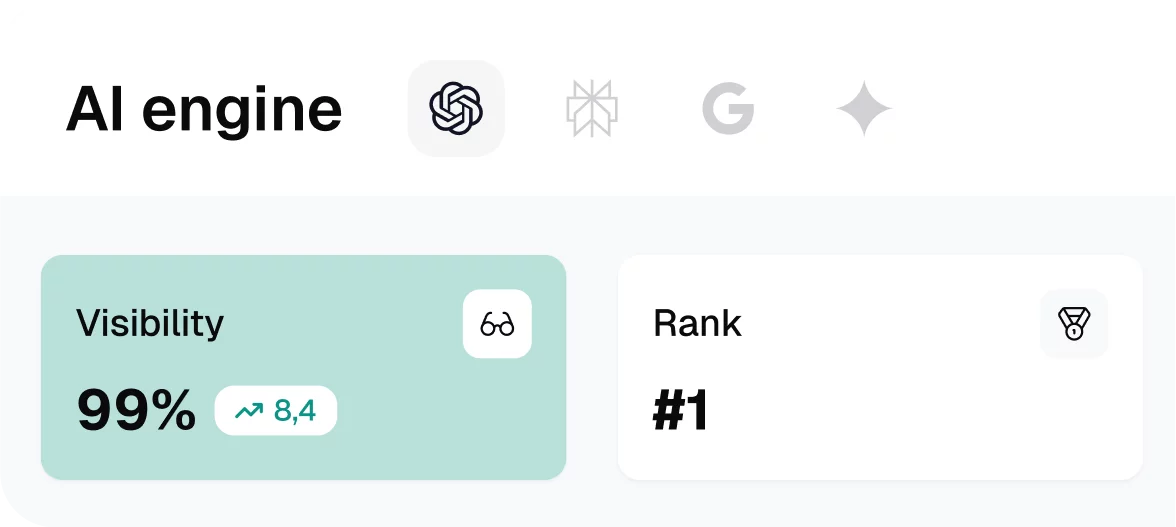For years, marketers fed the Content Monster with nonstop posts. Big names said volume won, so we treated visibility like a numbers game. That playbook’s outdated. Engagement now hinges on quality and clear relevance. According to the GWI study for the Financial...
Plan social like a team
Social media scheduling, collaboration,
and organization in one place.
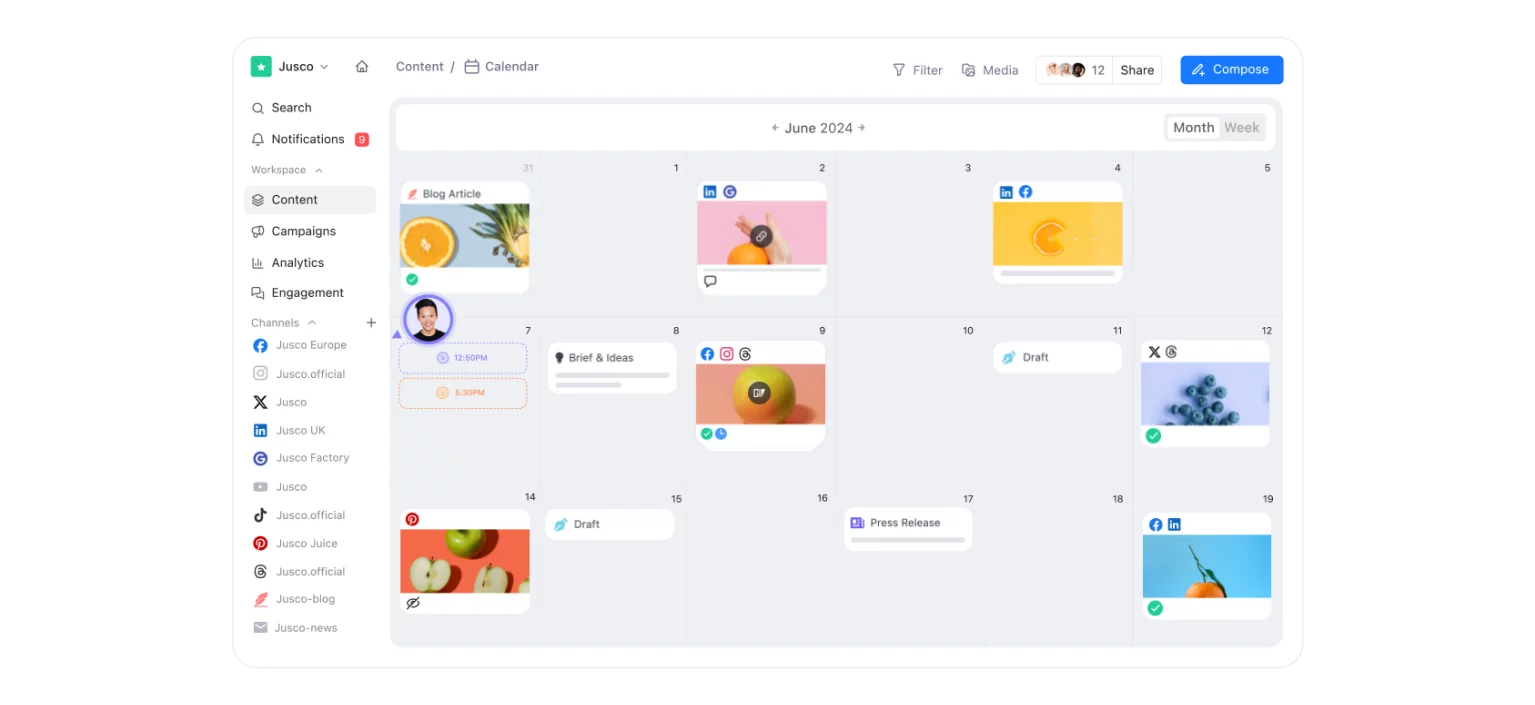
Where
social
teams
bring
ideas
to
life
side
by
side.
No
spreadsheets,
emails,
or
calls.
The
one
place
to
create,
discuss,
approve,
publish
content,
then
engage
and
analyze
your
impact.
With comments,
suggestions &
annotations
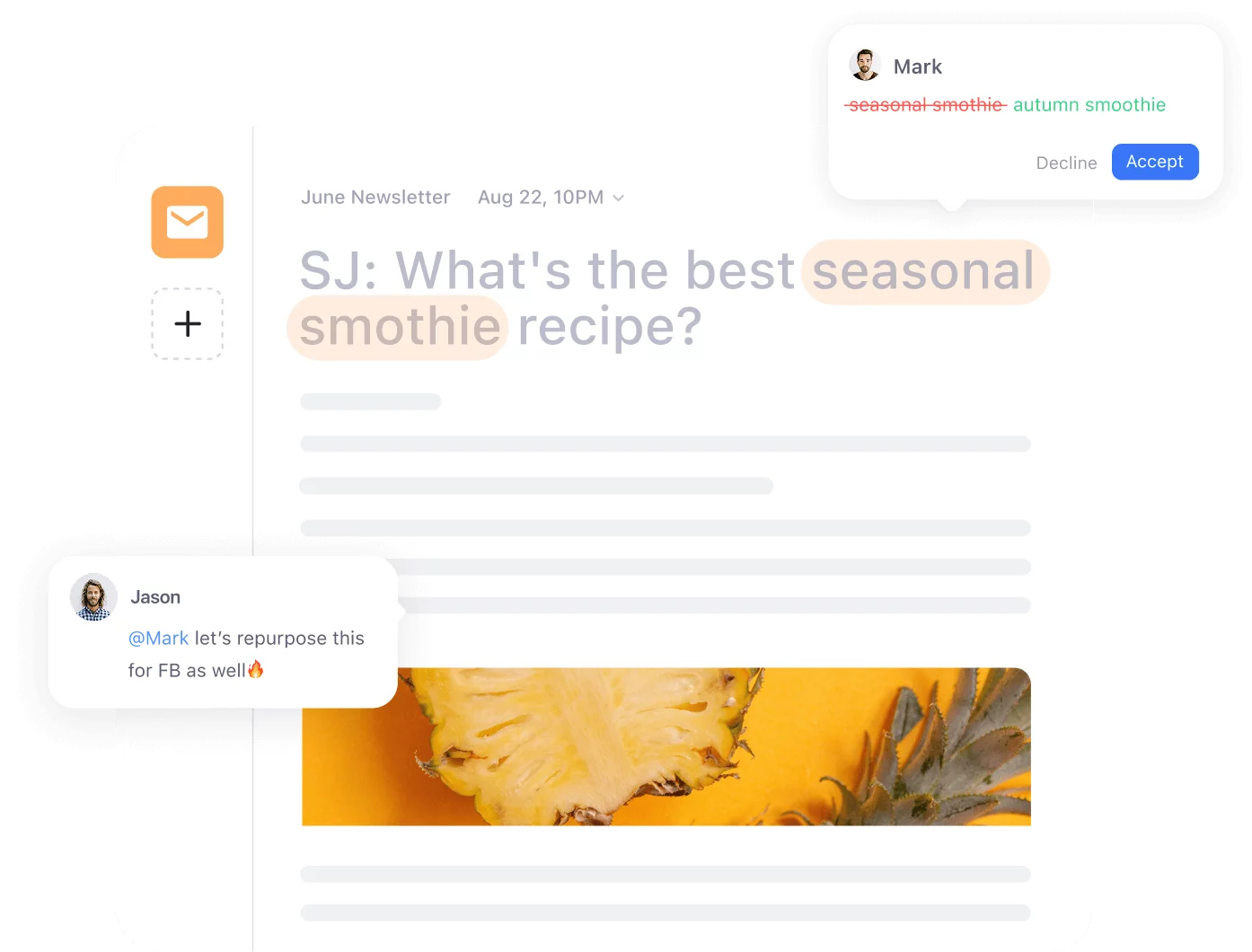
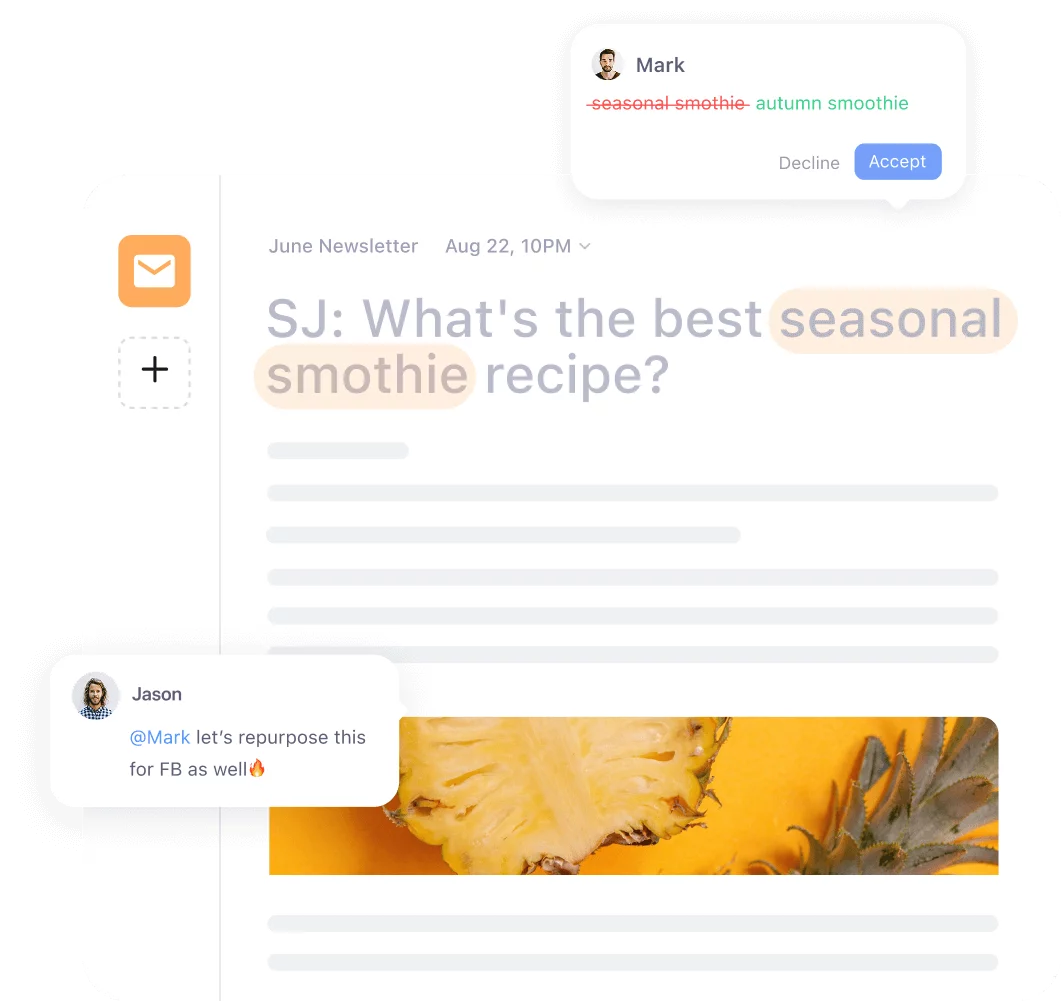
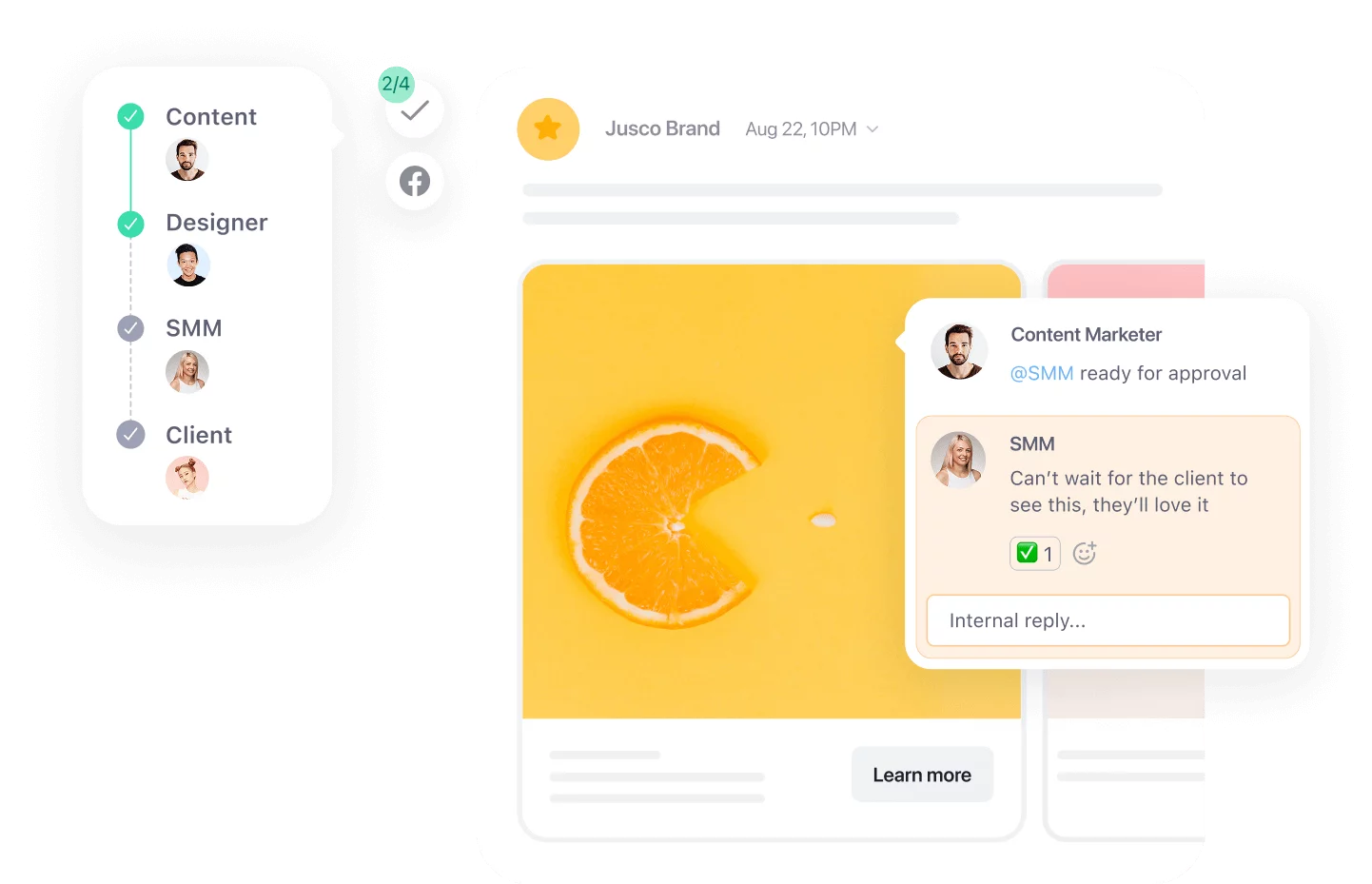
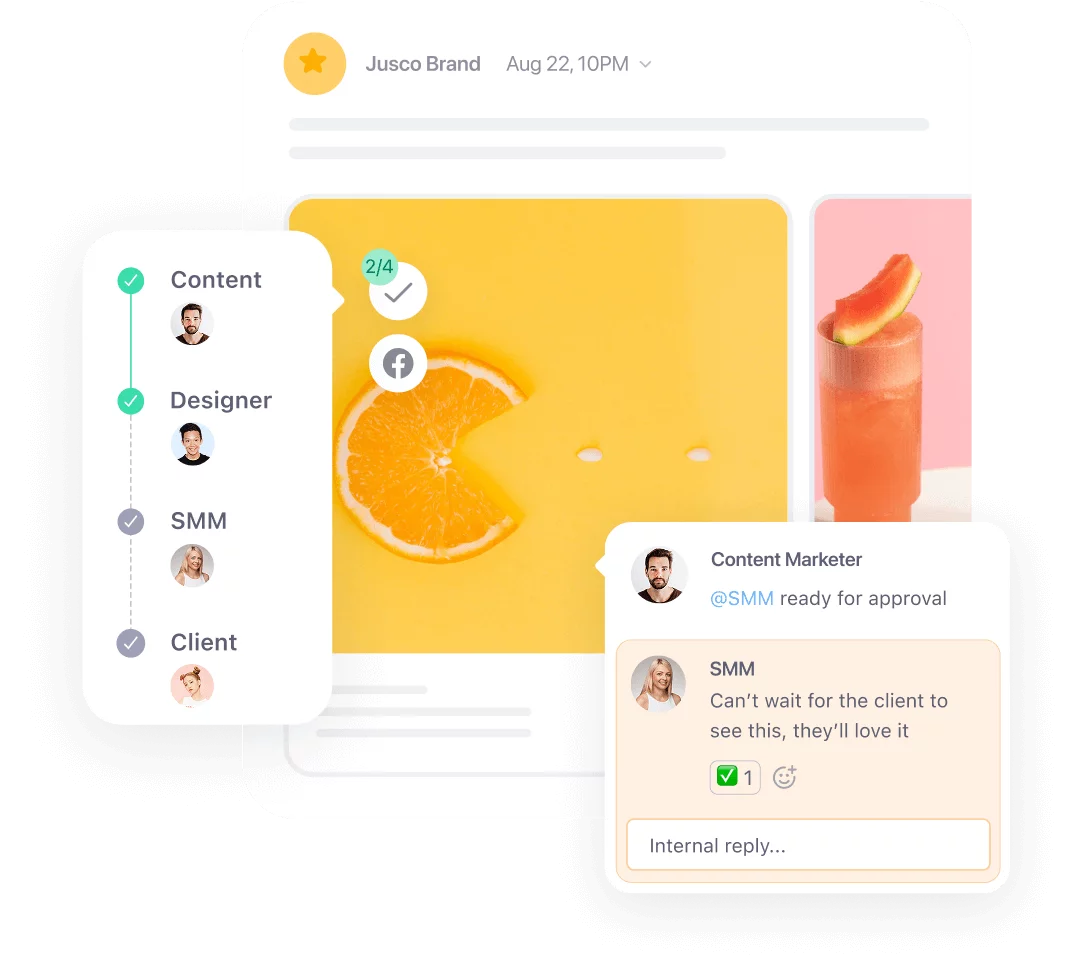
With approvals
you can customize
Need a human
to show you around?
With an
interface
you like to work in
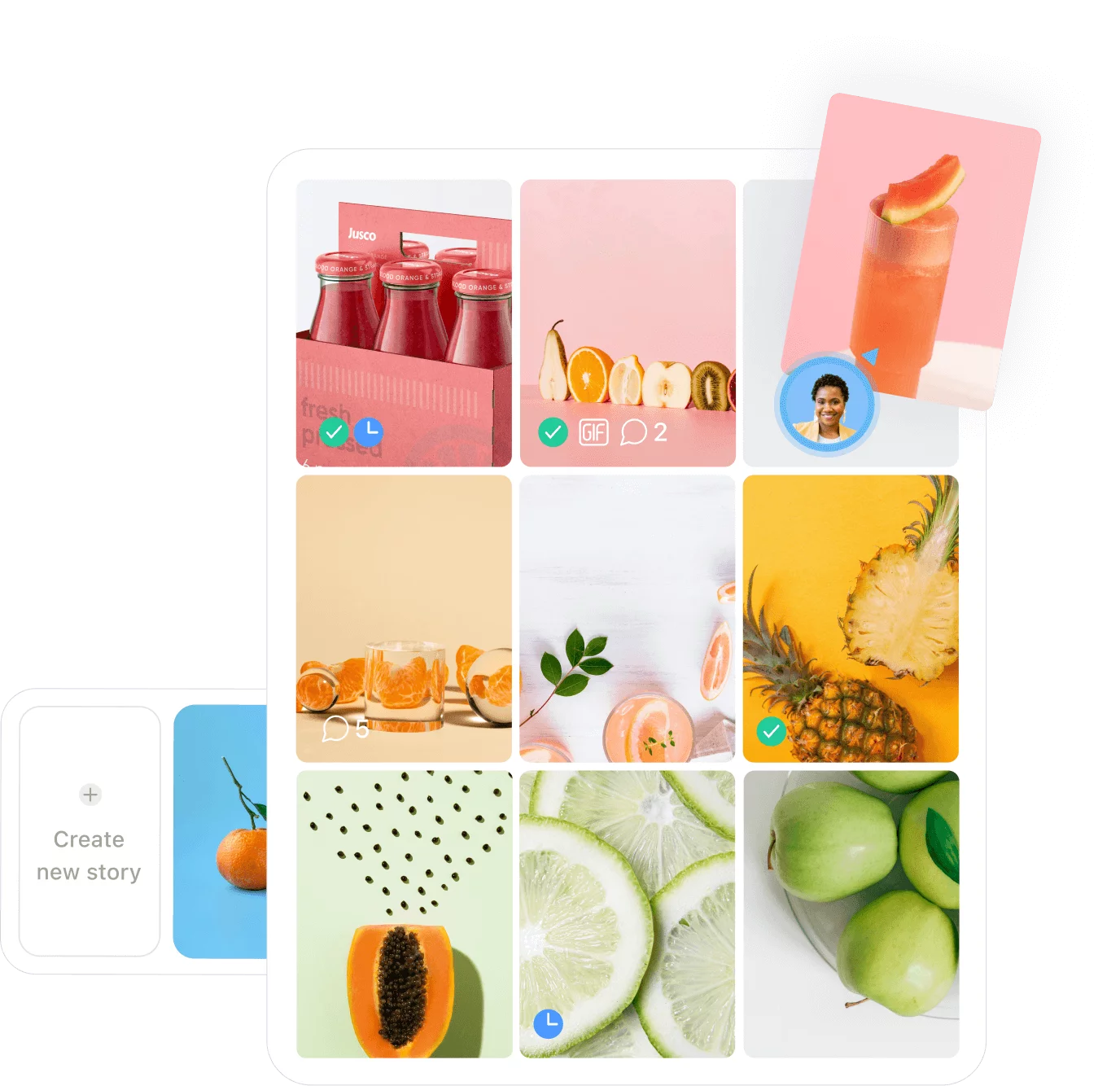

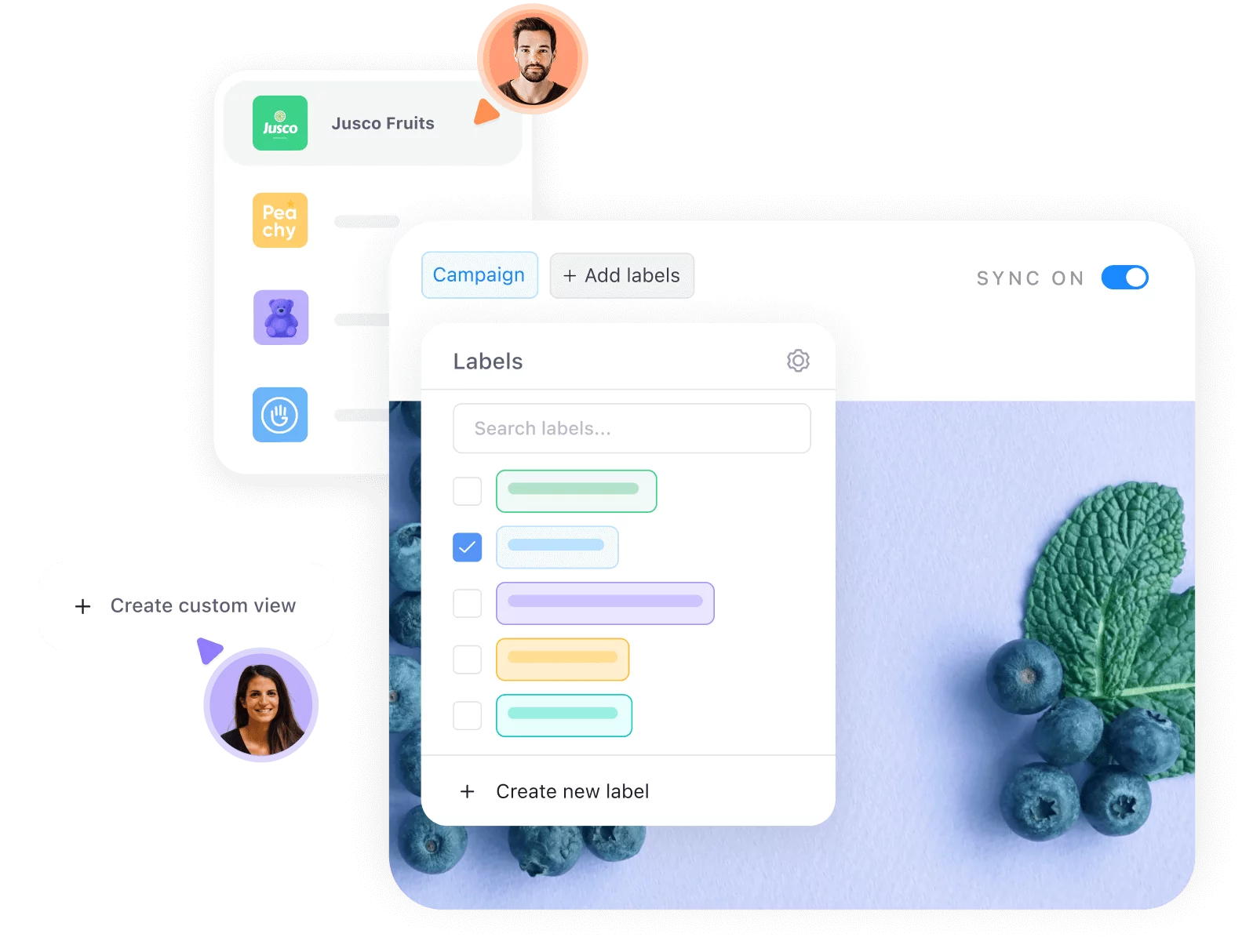
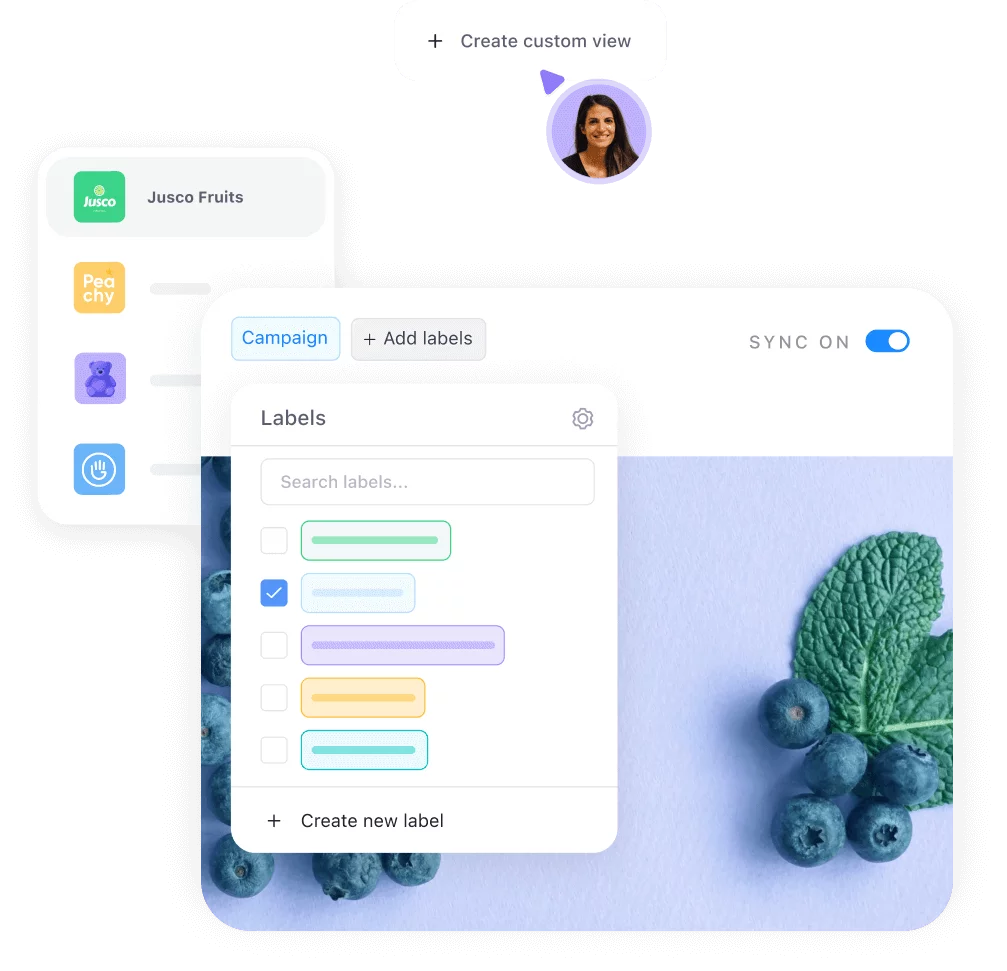
Where you
can
keep your content
neat & organized
All the features
to make your life easier
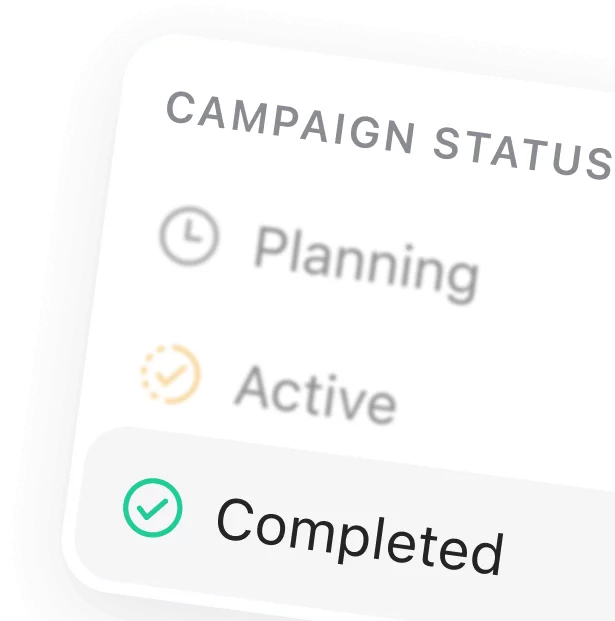
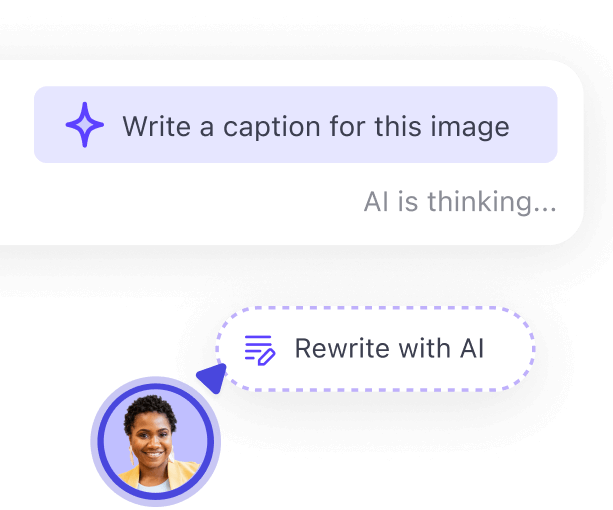
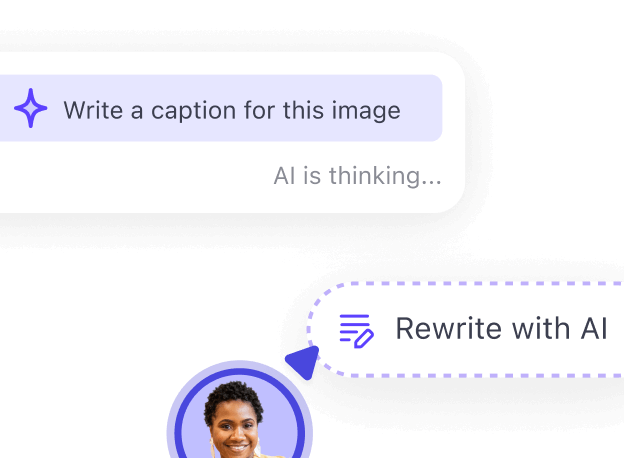
Manage your comments & prioritize based on sentiment
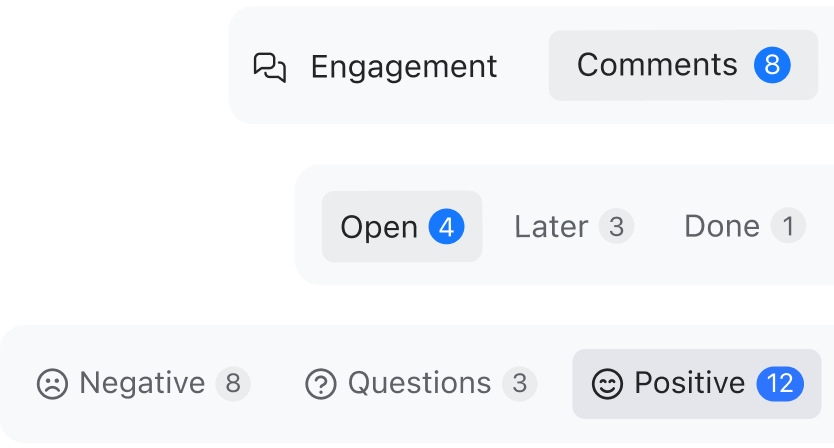
Create and work on any type of content
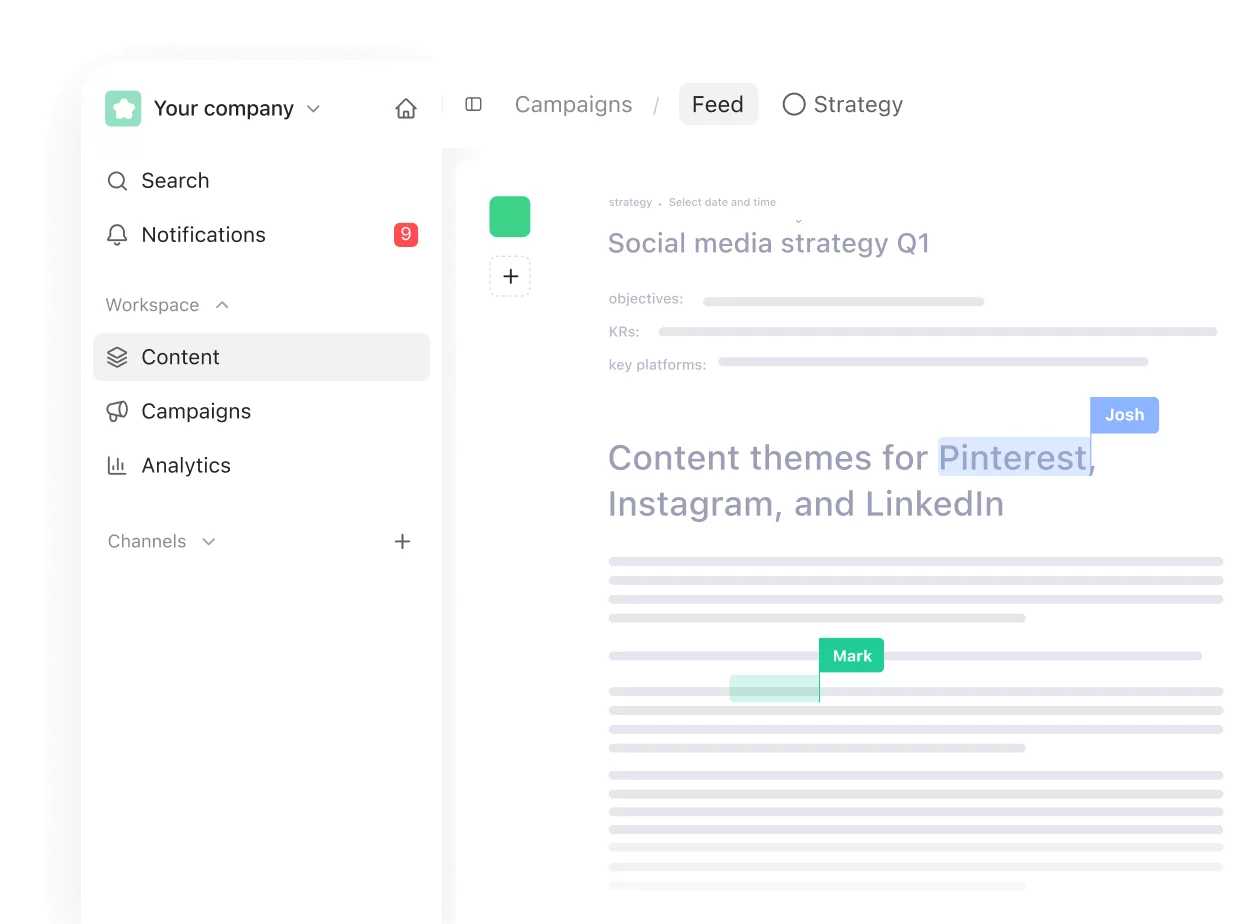
Check your social analytics & create custom reports for stakeholders
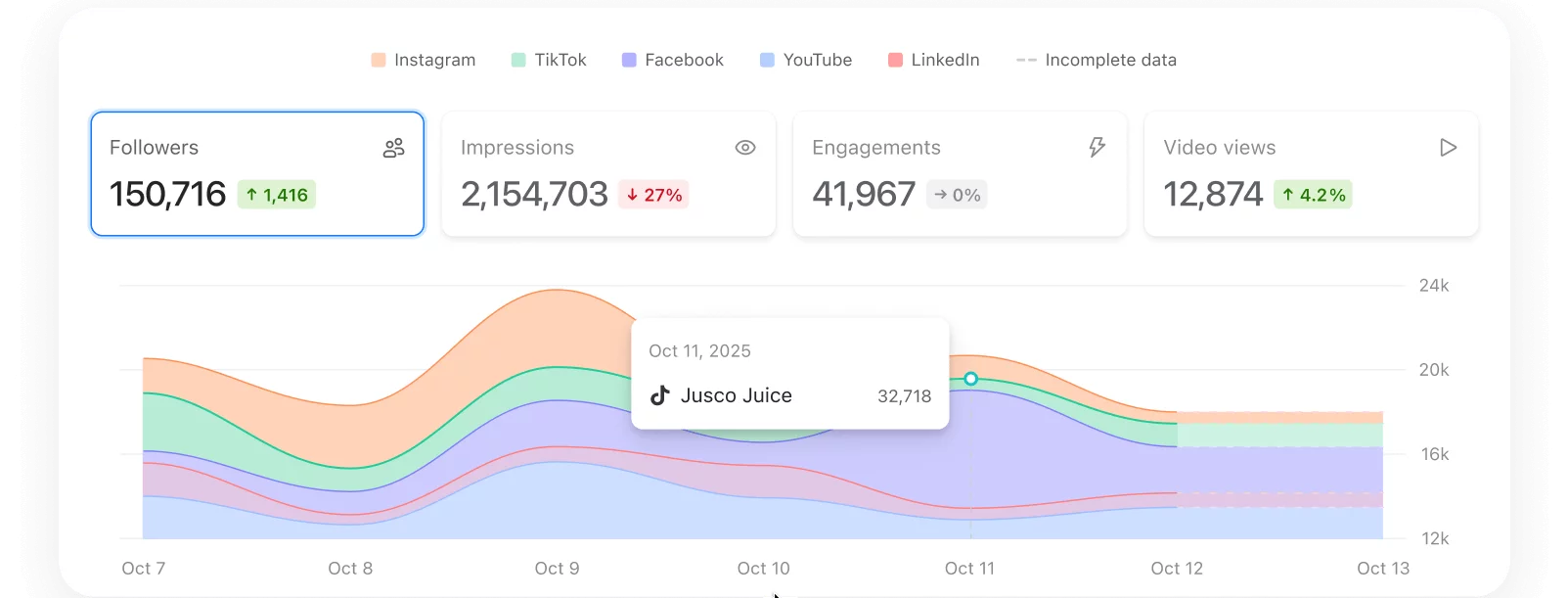
 So easy it
So easy it
barely needs
support,
but when it
does, it’s great
Other products in our growth kit
Pair Planable with our other products to grow smarter and faster across all channels
SEO and AI search software that scales with you: reliable tools & accurate data for agencies, brands, and SEO pros.
Strategic insights into your AI brand visibility for confident marketing and business decisions.

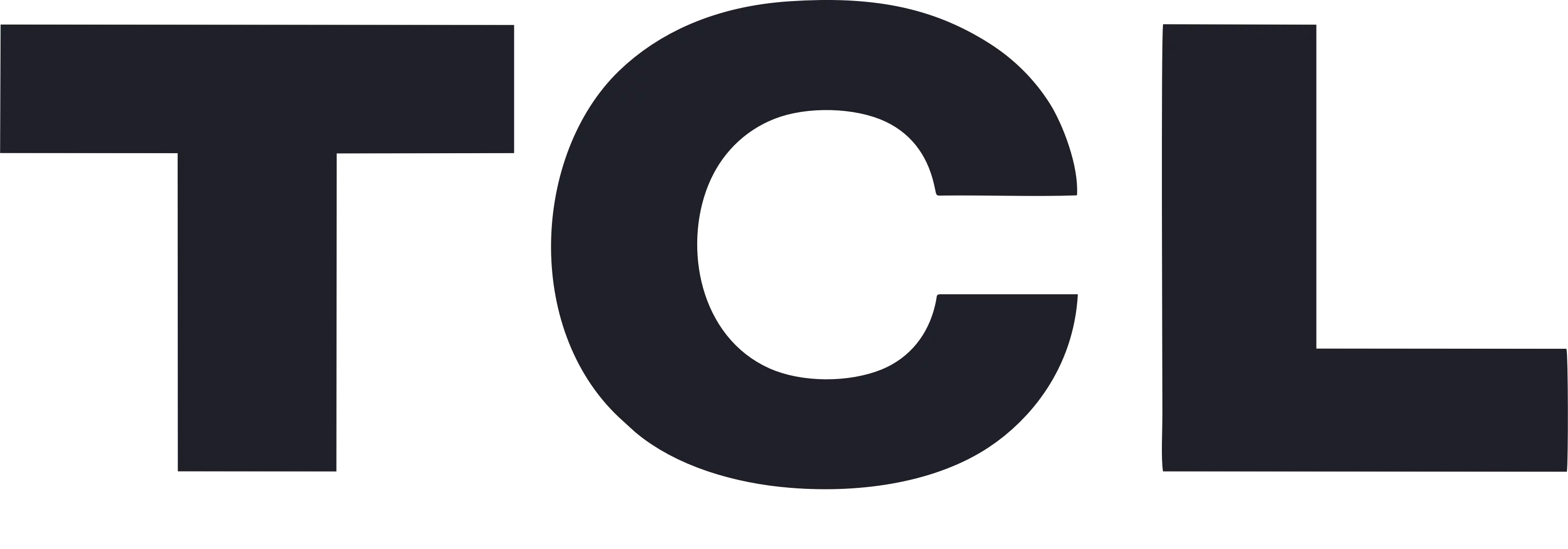




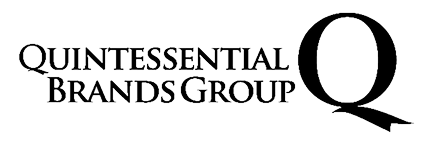


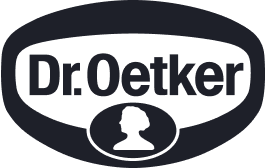
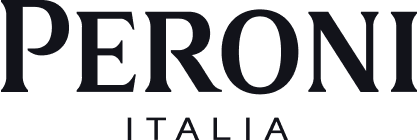

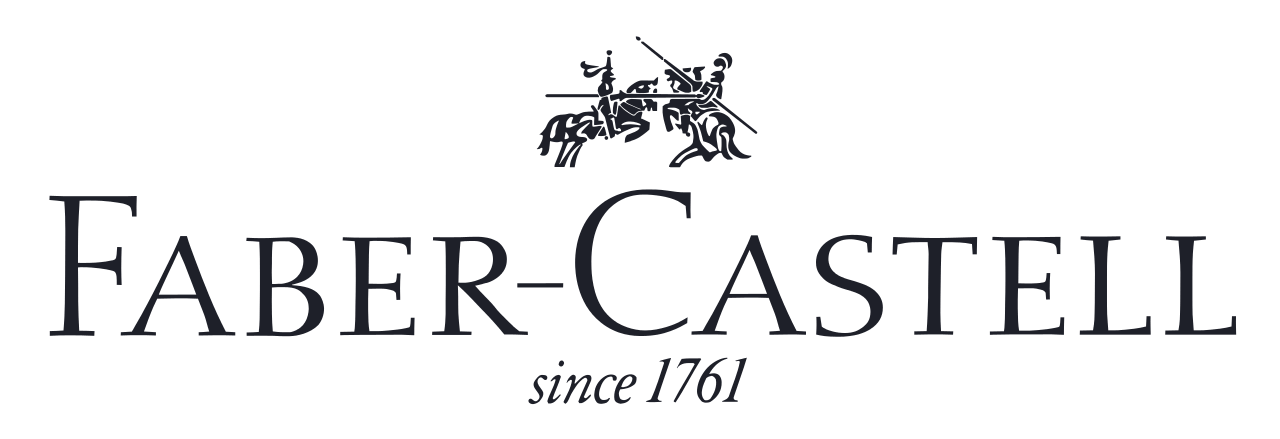

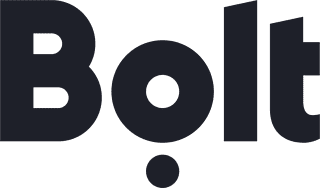
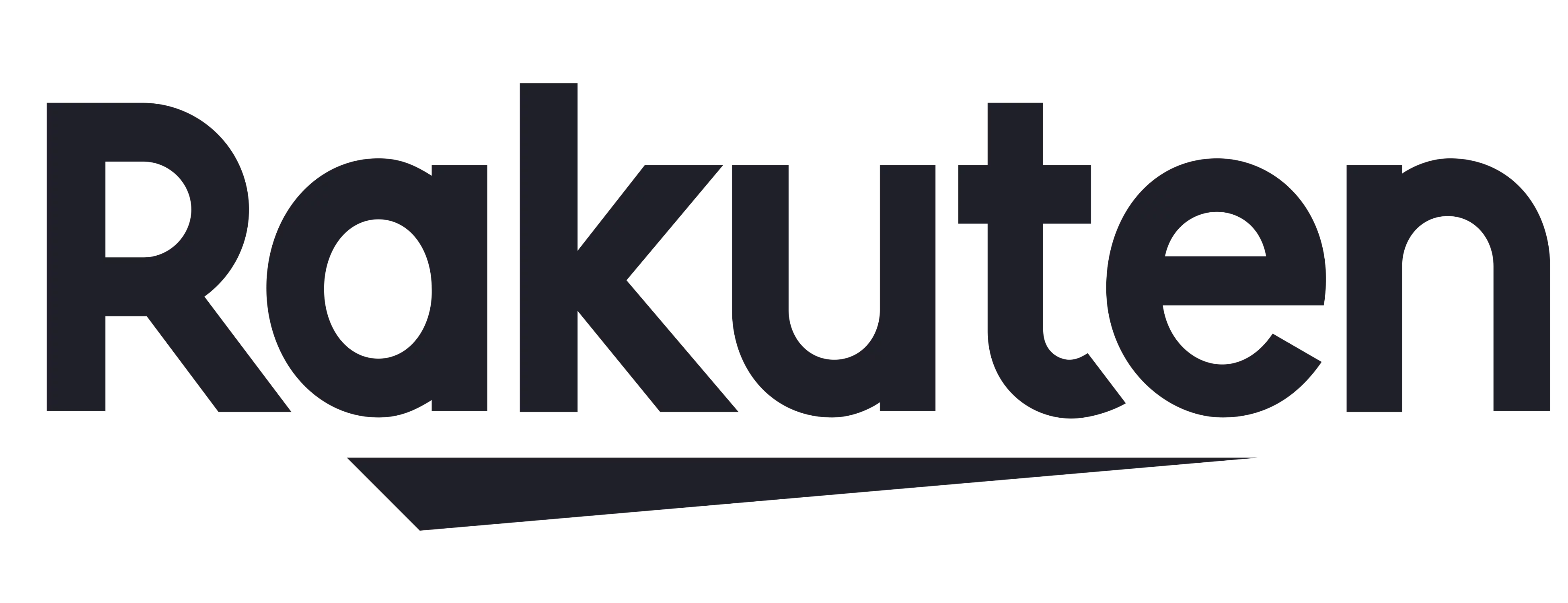
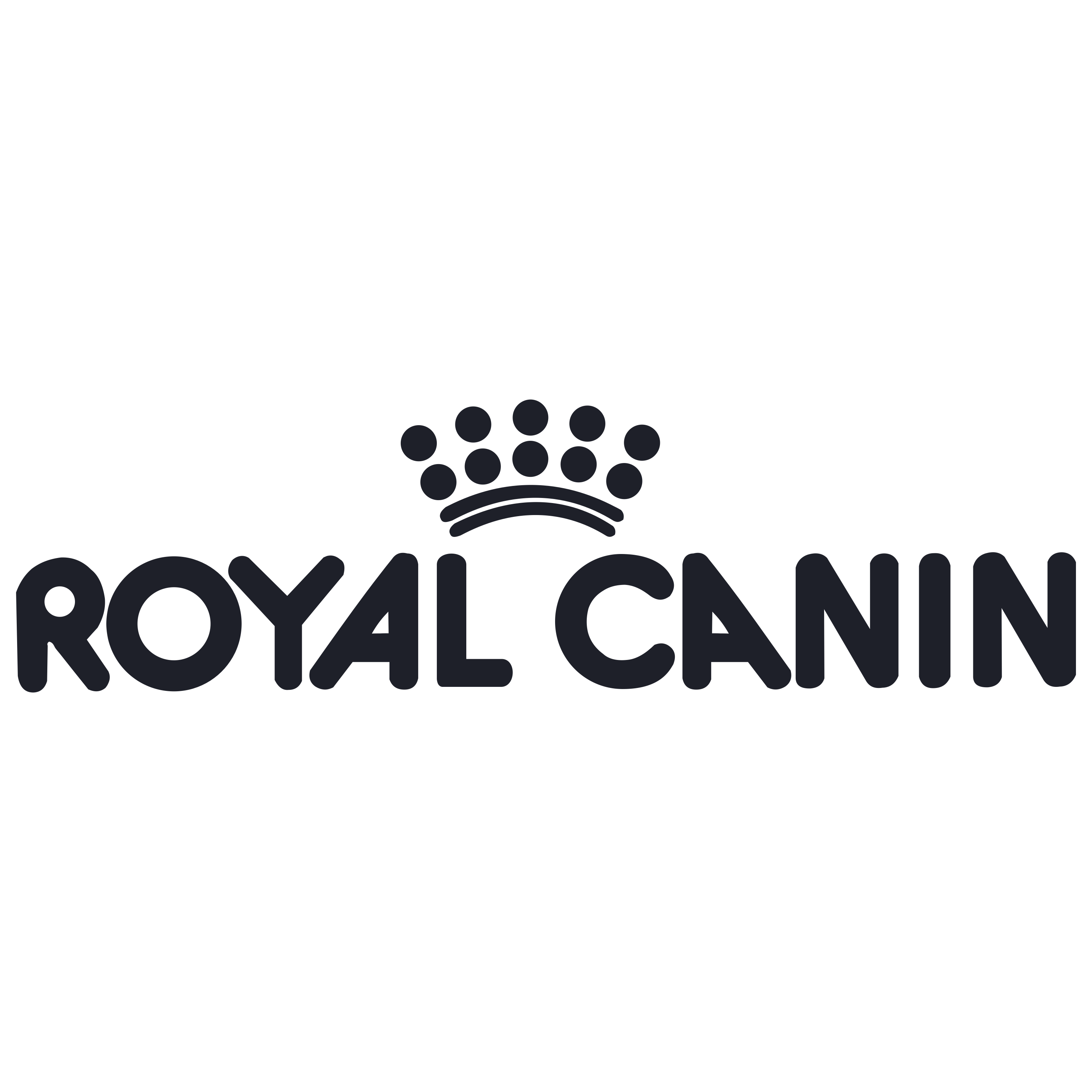

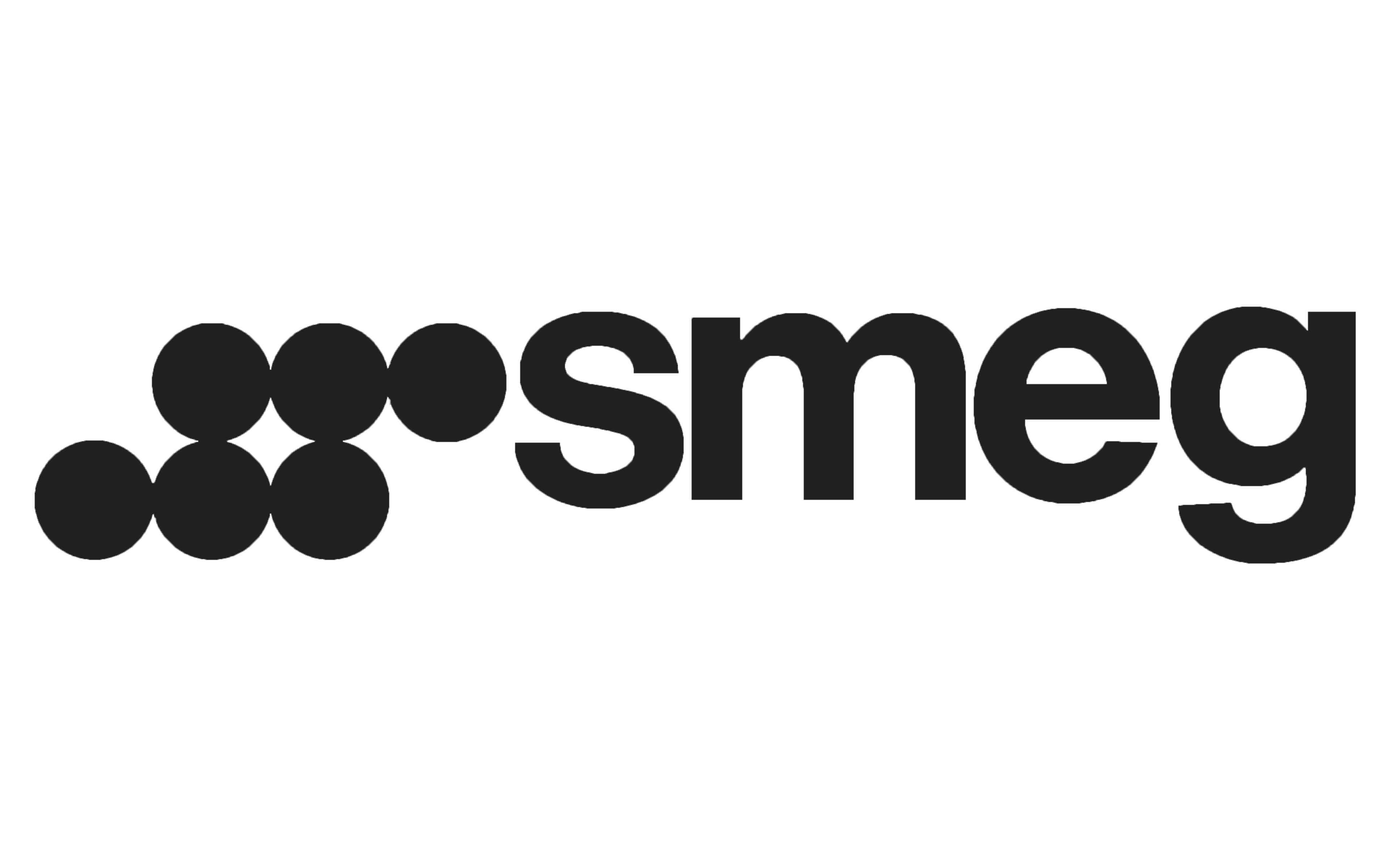



















Planable was acquired by SE Ranking
We’ve teamed up with SE Ranking, the SEO platform trusted by 1M+ marketers.
Planable stays Planable as you know it. We’re joining a mission to build a multi-product platform that helps brands stay visible in the AI era.



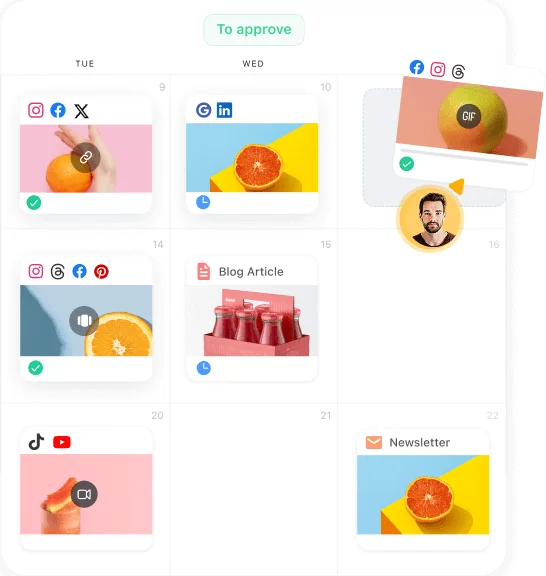
 So easy it
So easy it